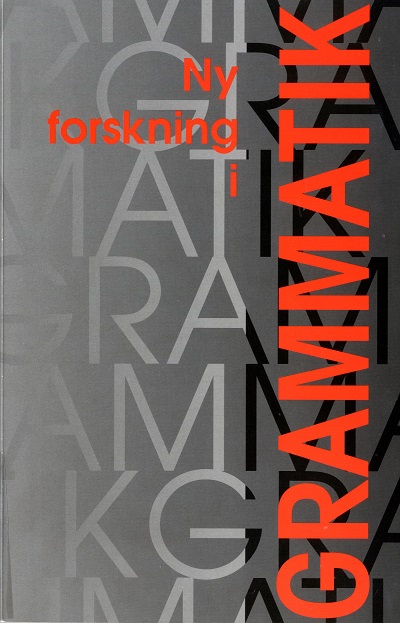Pragmatikkens rolle i et morfologisk funderet genussystem i yngre middelskånsk
DOI:
https://doi.org/10.7146/nfg.v24i23.24652Nøgleord:
genussystemer, yngre middelskånsk, pragmatisk anvendelse af genus, genusændringResumé
In Old Danish (c800-c1525), masculine, feminine, and neuter nouns were used to denote humans, animals, things, and abstract categories. In Early Modern Danish (c1525-c1700), however, the masculine and the feminine merged into a common gender, confining the anaphoric and cataphoric personal pronouns han ‘he’ and hun ‘she’ to nouns denoting humans. This paper points out an early pragmatically based use of gender in the Scanian text Sjælens Trøst ‘Comfort of the Soul’ in manuscripts C 529 and A 109 from c1425. From a Christian point of view, the noun afgudh ‘idol’ is used as a neuter and thereby objectified, unlike the masculine noun gudh ‘God’. This use of the neuter is in all likelihood one of the first steps on the way from a primarily morphologically based three-gender system to a primarily semantically based two-gender system which distinguishes between human and non-human nouns.Downloads
Publiceret
2016-10-17
Citation/Eksport
Petersen, K. T. (2016). Pragmatikkens rolle i et morfologisk funderet genussystem i yngre middelskånsk. Ny Forskning I Grammatik, 24(23). https://doi.org/10.7146/nfg.v24i23.24652
Nummer
Sektion
Artikler
Licens
Forfatteren/forfatterne og Dansk Sprognævn har ophavsret til de artikler der bringes i tidsskriftet.





